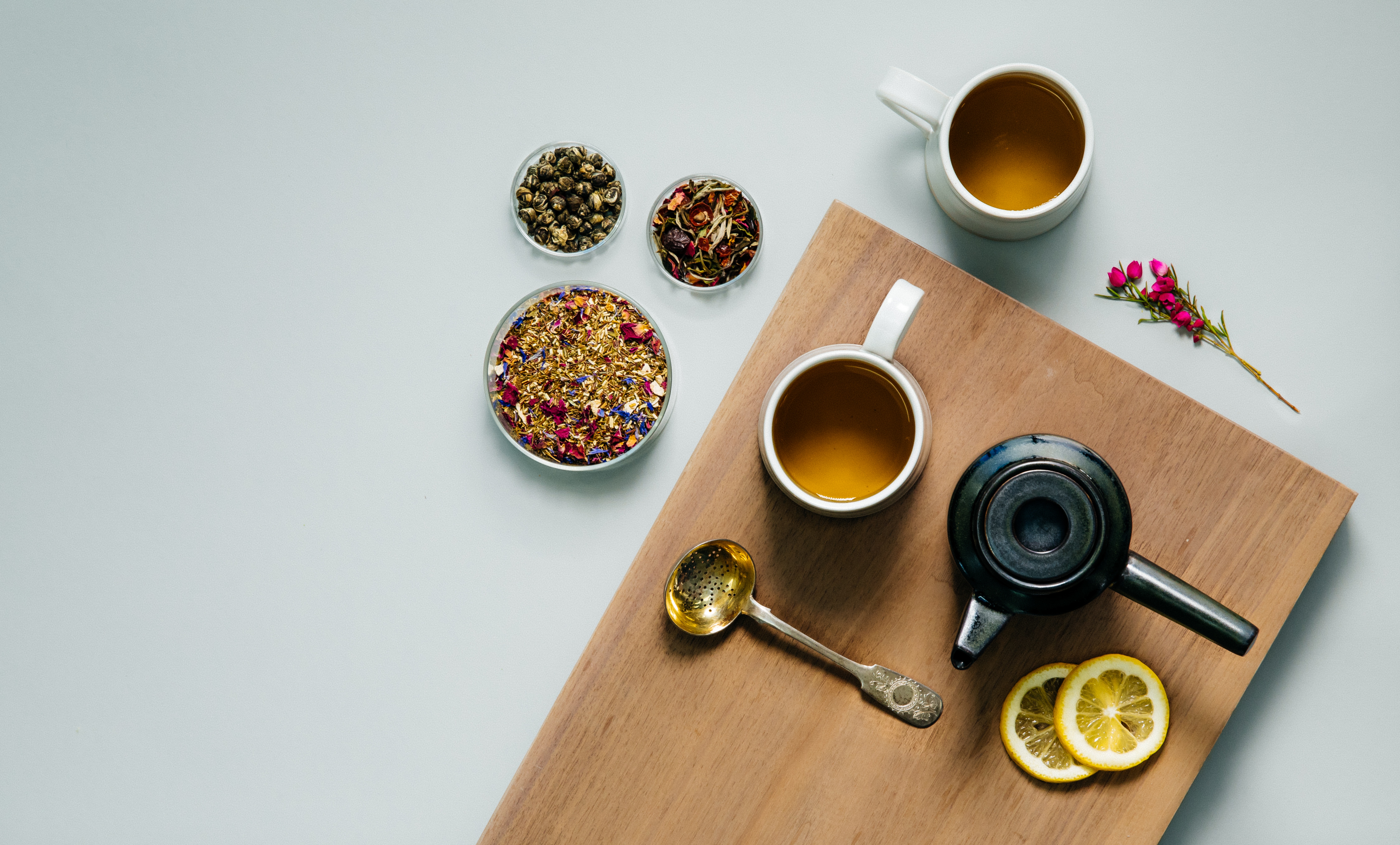Many restaurant owners don’t know the total cost of serving a commodity-style tea. A bad tea experience will leave a bad taste in your guest’s mouth and on your bottom line. Tea is most likely the first and last impression your customer has of your establishment. More than ever before, consumers are looking to foodservice locations to give them experiences that enhance their lifestyle — and your tea program is no exception. The days of ordering “just tea” are long past. Consumers today are aware of and expect quality tea.

Quality matters in every segment, so make sure you serve the best quality available to you. Don’t fall into the trap of choosing a tea just because it comes with your coffee program, soda purveyor, meat supplier or because it was the lowest priced option. Make sure your tea solution is chosen strategically and that you can optimize it to its greatest potential. Bad tea is a silent failure. When guests experience bitter or astringent tea, they may choose to patronize a competitor’s establishment whose tea is superior to yours. Or, if they do return, they often will opt to order tap water. When a customer orders tap water it costs you money in glasses, ice, labor and, of course, the water. It is estimated that the cost of tap water runs about $1.08.
How much is your current tea program costing you? A quality tea should never be bitter or overly astringent. Many operators don’t drink their own tea and often don’t even know what their tea tastes like. Operators should regularly taste test their tea to identify and address issues. A modest increase in cost to upgrade to a higher quality tea is negated by the incremental boost in sales achieved.
• • •
When it comes to fountain drink options, it’s a sea of sameness. Everyone serves the same carbonated soft drink options — even your competitors. So, how do you differentiate your beverage program from that of your competition? Offer guests the option to choose a unique tea blend. Offering delicious, unique teas, can generate interest and excitement for your guests and make you a destination for beverages.
Savvy restaurateurs are always looking for ways to strengthen the relationship between their guests and their brand. A good tea program will meaningfully connect with your target consumers and make your restaurant more relevant to them. Because it reinforces your concept and your restaurant’s brand, it will sharpen your competitive edge, generate traffic, and build loyalty. The tea you serve says a lot about your brand. Select tea types and flavors that communicate what your restaurant is known for! Not only will you generate more tea sales, you will also be creating and reinforcing powerful consumer perceptions about your brand, which will help you to attract and retain more target market consumers.
Don’t underestimate the enthusiasm guests have for good tea. The tea you serve is more important to your guests than you may realize. An important part of optimizing your tea program is creating a good tea experience for your guests. It’s not just tea, it’s a part of your restaurant experience. Consider making the following improvements to your program:
- At minimum you want to make sure that your servers know what brand of tea you serve and what flavors are available. This is a communication touchpoint to show your guests that you pay attention to every detail.
- Allocate space on your menu to tell the story behind your great tea. Consumers are more and more interested in knowing everything there is to know about their food and beverage choices — and a strategic tea program will have a great story to tell. Highlight what makes your tea special to reinforce your restaurant brand.
Restaurant owners are becoming increasingly aware of the value that a good tea program can add to their bottom line. However, many restaurants continue to overlook the multiple benefits of a tea program that aligns their brand with customer expectations and satisfaction.
There are four critical, yet common, mistakes restaurants make with their tea program that seriously undermine not only their profit potential, but also their brand:
- Selling bitter, astringent tea minimizes your total servings potential and risks degrading the entire guest experience.
- Not differentiating your beverage program makes you a “me too” just like your competitors and misses the opportunity to stand apart.
- Not reinforcing your brand with tea misses the opportunity to strengthen your competitive advantage and build loyalty from guests.
- Not optimizing your sales opportunities with the most profitable beverage available negatively impacts your bottom line.
Art of Tea is an award winning purveyor of specialty and organic teas, based in Los Angeles, CA.
If you found this article helpful, please share it with coworkers, colleagues, and fellow lovers of tea.

